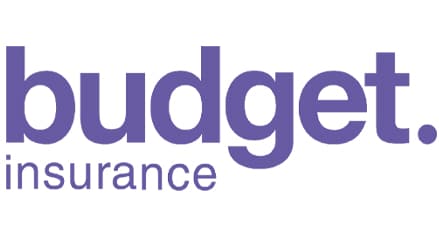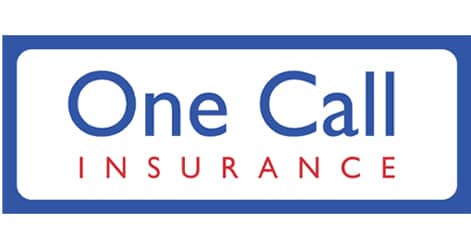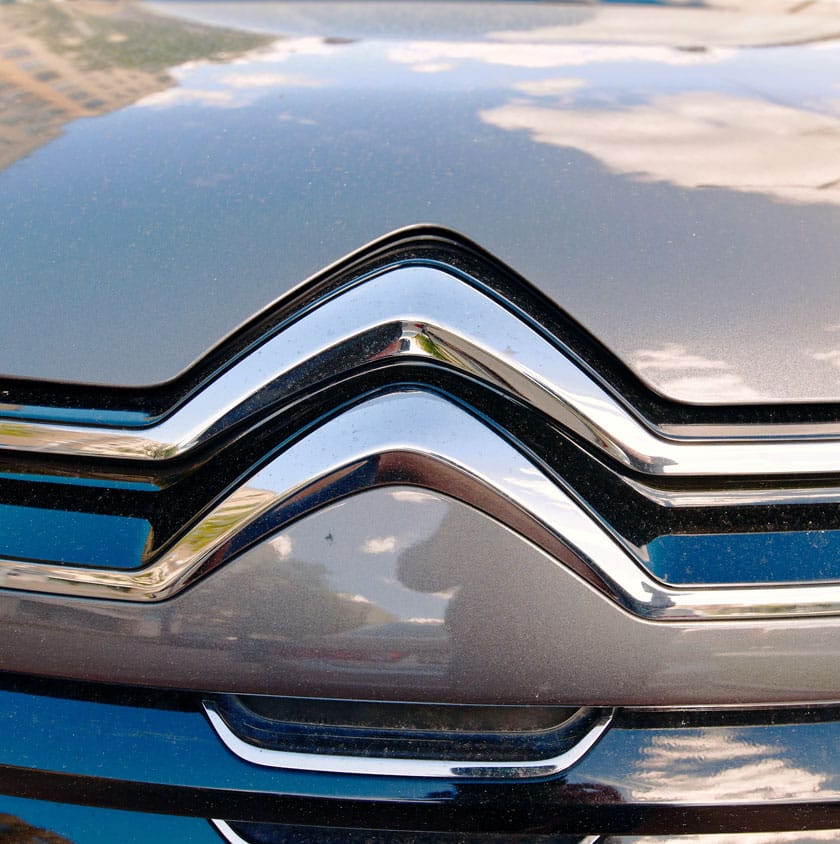
Citroën Insurance
Compare Citroën Car Insurance Quotes
- Compare 120+ insurers
- You could save up to £515*
- Find a great deal today

Compare affordable Citroën car insurance from top UK’s leading car insurers including:
Why Compare Citroën Car Insurance Quotes at SimplyQuote.co.uk?
Citroën vehicles are often economical to insure—but that depends entirely on the model, how you use it, and who you are. Comparing quotes is the fastest way to avoid overpaying or underinsuring.
From the budget-friendly C1 to the spacious C5 Aircross, Citroën offers something for nearly every type of driver. And while many of its models sit in lower insurance groups, there’s a huge difference in premiums between, say, a first-time driver in a C3 and a business owner insuring a Berlingo van for deliveries.
Then you’ve got the newer electric and plug-in models, like the ë-C4 and C5 X PHEV. These come with more complex parts—batteries, inverters, ADAS systems—that aren’t always covered under basic policies.
SimplyQuote in partnership with Quotezone enables you to compare tailored car insurance quotes that match your actual car and situation—not just your registration number. Whether you’re after affordable comprehensive cover for a city runaround, or need to insure an EV with ADAS and lease terms to consider, we help you find insurance that fits. No calls. No pressure. Just regulated quotes, fast.
Who Are Citroën?
Citroën is a French car manufacturer known for comfort-focused, design-led vehicles that appeal to first-time drivers, families, commuters, and small businesses alike.
Founded in 1919 and now part of the global Stellantis group (which also owns Peugeot, Vauxhall, and Fiat), Citroën has long been associated with quirky design and accessible innovation. And while they were once niche, the brand’s UK lineup today is anything but.
You’ve got compact city cars like the C1 and C3, tech-focused family vehicles like the C4 and C5 Aircross, and a growing range of electrified options—including the ë-C4, ë-Berlingo, and C5 X PHEV. These newer models blend comfort with smart tech, often featuring adaptive suspension, touchscreen controls, and advanced driver assistance systems (ADAS) as standard.
The brand also has strong uptake among business users, particularly in the van segment—where the Berlingo continues to dominate as a personal-use MPV and a commercial fleet workhorse.
From an insurance perspective, this means no two Citroën policies are alike. A learner driver insuring a 2017 C1 won’t need the same cover as a self-employed builder with a Berlingo Enterprise Pro—or someone leasing a plug-in C5 X with lane assist and hybrid components to protect.
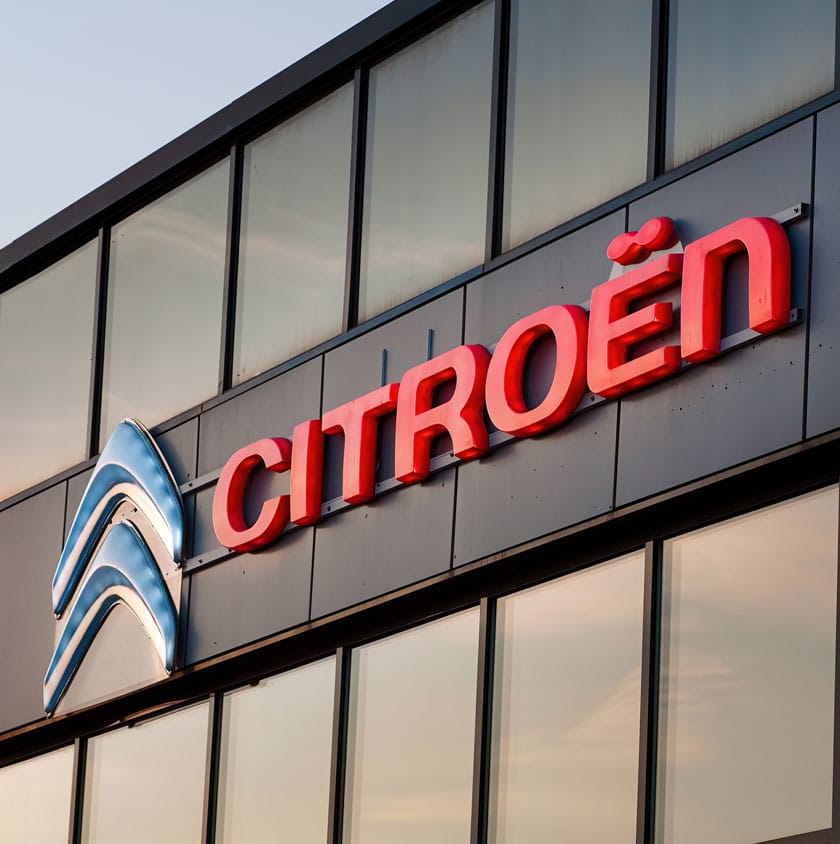
What Do I Need To Get A Quote?
You’ll need your Citroën’s reg or model, how you use it (e.g. social, commuting, business), your mileage, parking location, and some personal driving history. Modifications or factory upgrades should also be declared.
Getting a quote for a Citroën is quick—but that doesn’t mean insurers don’t need detail. Whether you’re insuring a compact C1, a family C5 Aircross, or a workhorse Berlingo, the quote engine needs to know more than just the badge on the boot.
Most users simply enter their reg, but choosing your model manually works too—just be sure to select the exact trim and engine type. This is especially important with electric or hybrid variants like the ë-C4, where incorrect assumptions about range or drivetrain can inflate (or deflate) your quote unfairly.
Here’s what else matters:
- Usage – Is the car for leisure, commuting, or business? A Berlingo used for deliveries requires very different cover to a C3 doing the school run.
- Mileage – Higher mileage increases wear, and risk.
- Parking – Garaged? On-street? Affects theft and damage risk.
- Your profile – Age, driving experience, job, no-claims bonus, convictions—all factored in.
- Modifications – Even subtle changes like privacy glass or upgraded infotainment should be flagged.
Being accurate helps ensure you’re actually covered—and keeps your premium realistic.
Why Should I Consider Citroën-Specific Car Insurance Cover?
Because Citroëns often include brand-unique features—from hydraulic suspension to ADAS tech and EV systems—that generic cover might exclude, undervalue, or fail to repair correctly.
A Citroën isn’t just another hatchback or SUV. Even the most unassuming model might include comfort-centric suspension, advanced driver assist tech, or EV-specific parts that demand careful repair and recalibration.
Take the ë-C4 or C5 X PHEV. They may look like regular family cars, but the costs of replacing or repairing components like charging units, inverters, or battery modules can be significantly higher than combustion models. Not all insurers cover these by default.
Even traditional petrol models often come with features—like Citroën’s progressive hydraulic cushions or oversized panoramic windshields—that require manufacturer-approved repairs. If you’re leasing or on PCP, you may be contractually bound to use OEM parts and approved garages, which only some insurers will support.
And for Berlingo drivers using their van for work? Generic personal car insurance won’t cut it. You’ll likely need a commercial policy with cover for tools, materials, or business mileage.
Brand-specific cover doesn’t just protect your vehicle—it ensures the insurer understands how your Citroën is actually built and used. And that can make all the difference at claim time.
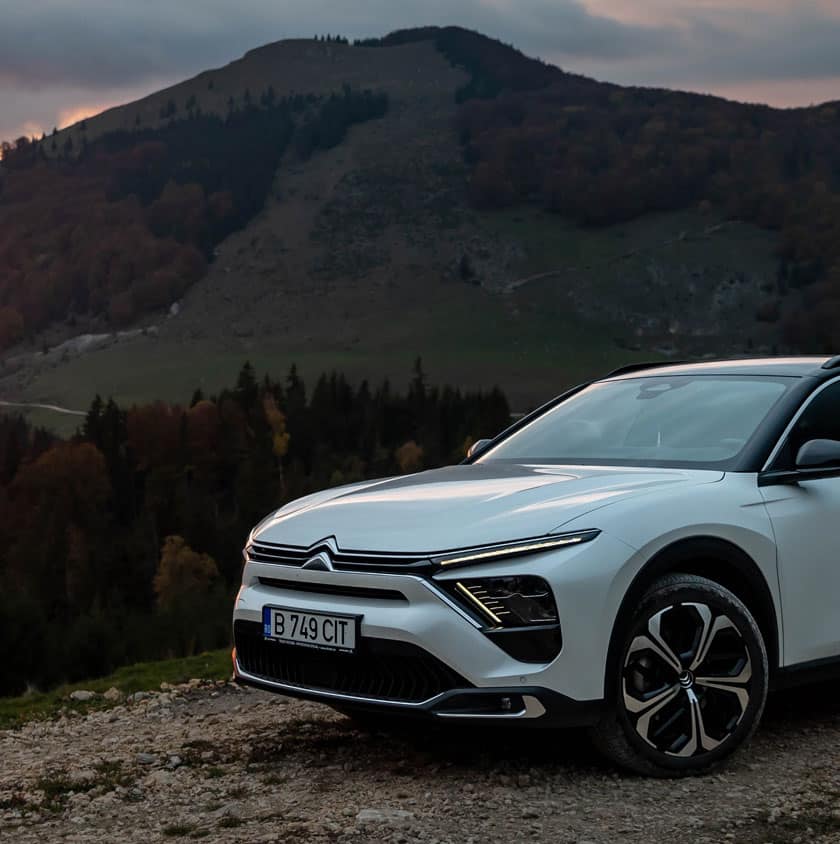
What Does Citroën Car Insurance Cover Include?
A solid Citroën insurance policy should cover accidental damage, third-party liability, theft, and fire—as well as specific protections for EV systems, ADAS tech, windscreen sensors, and OEM part requirements.
Cover isn’t just about being legal—it’s about being protected for the way your Citroën is designed and used.
Citroën’s focus on comfort, technology, and alternative drivetrains means there’s more going on under the bonnet—and inside the cabin—than many generic policies account for. That’s why it’s important to check whether these components and scenarios are included in your chosen policy:
- Third-party, fire and theft – Covers damage to others, or loss of your vehicle due to fire or theft
- Accidental damage – Most useful day-to-day, from car park dings to full write-offs
- EV battery and hybrid system cover – For models like the ë-C4 or C5 X PHEV, check that the policy includes cover for traction batteries, inverters, charging ports, and cables
- Windscreen cover – Vital for models with panoramic screens or built-in ADAS sensors
- Courtesy car and legal protection – Keeps you mobile and supported in case of accidents
- OEM parts and approved repairs – Crucial for lease or PCP vehicles where using third-party garages might breach finance terms
- Optional extras – Key cover, personal belongings, breakdown, European cover, or even tool cover (for Berlingo users)
Not all of these are standard. Some are add-ons, others are buried in small print. What matters is that they’re available—and that your chosen policy reflects how you drive, what you drive, and how it’s used.
What’s Not Included?
Many standard Citroën insurance policies exclude EV battery wear, business use unless declared, undeclared modifications, and non-approved repairs on leased or financed models.
Insurance policies often look comprehensive—until you need to claim. For Citroën drivers, especially those with electric models or commercial vans, here’s what often slips through the cracks:
- Business use – Not included unless stated. If you use a Berlingo for work, you’ll likely need a commercial or Class 1 Business add-on.
- EV battery degradation – Sudden failure may be covered, but slow performance loss over time usually isn’t.
- Modifications – Roof bars, privacy glass, upgraded stereos—even if dealer-fitted—should be disclosed.
- Non-approved repairs – Leasing a C5 Aircross? Repairs done outside the Citroën-approved network could breach your agreement.
- Usage discrepancies – Using the car differently to what’s declared (like gig work) or letting someone else regularly drive it without naming them can void your cover.
A good rule of thumb? If it’s not clearly stated in your documents—it’s probably not included.
How Much Does Citroën Car Insurance Cost?
Citroën insurance costs typically range from £650 to £1,200 per year, depending on the model, trim level, location, driver history, and usage type. Electric and hybrid variants, like the ë-C4 or C5 X PHEV, often sit at the higher end.
Citroëns are generally affordable to insure—but there’s still plenty of variation depending on how the vehicle is used and which model you drive.
Here’s a rough benchmark of average annual premiums across common Citroën models:
| Model | Vehicle Type | Estimated Annual Premium |
|---|---|---|
| Citroën C1 | City car | £650 – £850 |
| Citroën C3 | Compact hatchback | £700 – £950 |
| Citroën C4 | Family hatchback | £750 – £1,000 |
| ë-C4 | Fully electric hatchback | £900 – £1,200+ |
| C5 Aircross | Family SUV | £850 – £1,150 |
| C5 X PHEV | Plug-in hybrid estate/SUV | £1,000 – £1,300+ |
| Berlingo | MPV / light van | £900 – £1,250 (private use) |
Several factors influence these ranges:
- Age and experience – New drivers insuring a C1 may still pay more than a 40-year-old with full no-claims on a C5 Aircross.
- Postcode – Urban areas typically raise premiums due to higher theft or accident risk.
- Annual mileage – More miles means greater exposure to risk.
- Parking – Garaged cars tend to cost less to insure than those kept on-street.
- Business use – Commercial policies for the Berlingo or mileage-heavy driving will increase quotes.
If you’re driving a plug-in hybrid or EV, insurers also factor in battery replacement costs, charging hardware, and specialist repair availability—all of which nudge premiums up, even if the vehicle itself is low-risk.
How To Compare Citroën Car Insurance At SimplyQuote.co.uk
Enter your reg, confirm how you use your Citroën, and compare real-time FCA-regulated quotes in minutes—designed to match your trim, usage, and repair needs.
Citroëns come in all shapes and sizes. So does the cover you might need.
At SimplyQuote.co.uk, the process strips out the guesswork:
- Tell us your car
Enter your registration, or select your model manually. We’ll identify the exact trim, fuel type, and transmission—useful if you’re driving a ë-C4, a Berlingo van, or a tech-heavy C5 X PHEV. - Confirm usage
Are you commuting, doing school runs, driving for work, or using it abroad? The more precise you are, the more accurate your quotes. - Share your profile
Driver age, no-claims bonus, postcode, job title, and parking location—these all shape your final premium. - See your options
Quotes come from FCA-authorised insurers only, tailored to your car and circumstances. You’ll see what’s covered, not just what it costs. - Buy online—no calls needed
Choose your policy, complete the purchase, and receive documents instantly. Many policies allow mid-term edits, in case your situation changes.
And if your Citroën is leased, EV-powered, or business-used, we help you filter policies that actually support those needs—without hidden exclusions or vague terms.
*51% of consumers could save £515.24 on their Car Insurance. The saving was calculated by comparing the cheapest price found with the average of the next six cheapest prices quoted by insurance providers on Seopa Ltd’s insurance comparison website. This is based on representative cost savings from December 2024 data. The savings you could achieve are dependent on your individual circumstances and how you selected your current insurance supplier.
Frequently Asked Questions
Yes—Citroën cars like the C1, C3, and older C4s are among the more affordable vehicles to insure, especially for experienced drivers.
The Citroën C1 is typically the cheapest, due to its small engine size, low repair costs, and favourable insurance group rating.
Usually, yes. Models like the ë-C4 and ë-Berlingo often cost more to insure due to their battery systems, specialist repair needs, and higher part costs.
Some policies include EV system cover, but not all. Always check if the battery, charger, and cabling are explicitly listed in your documents.
Yes, but you’ll need to declare it as business use—particularly if carrying tools, materials, or making deliveries.
Absolutely. The C1 and C3 are popular first cars thanks to their low premiums, small engines, and ease of handling.
Yes. Items like roof bars, tech packs, or upgraded wheels should be disclosed—even if they were added by the dealership.
Not by default. If your vehicle has ADAS features or a panoramic screen, make sure your policy includes specialist windscreen and sensor cover.






